
Heirloom Vegetable & Fruit Varieties: Heritage & Advantages
75% of the world's crop diversity has already been lost. In Germany, the figure is almost 90 %. These figures make it clear how important it is to preserve heirloom varieties. In this article, you can find out what is so special about heirloom fruit and vegetable varieties. We also explain how such a reduction in the diversity of crops has come about.
This Article Contains:
- History of Biodiversity in Agriculture
- What is a land consolidation?
- Is the seed of heirloom varieties banned?
- What Are Heirloom Fruit and Vegetable Varieties?
- Advantages of Heirloom Vegetable & Fruit Varieties
- Heritage of Open-Pollinated Seeds
- Special Vegetable Varieties: Variety in Colors and Shapes
- Healthy and Robust Fruit and Vegetables
- Frequently Asked Questions About Heirloom Varieties
Quick Overview
Heirloom Seeds Replaced by High-Performance Varieties
- With small-scale farming, a huge variety of crops developed, which is dwindling due to the industrialization of agriculture.
- Old varieties rarely receive a variety license and are therefore not permitted for commercial cultivation. The reason for this is inconsistent growth in the crop and harvested material, which means that there is no clear description of the variety.
What Are ‘Heirloom Varieties’?
- Heirloom varieties are crops that were propagated and cultivated between 1800 and 1950. Before that, in the days of small-scale farming, there were as many varieties as there were farmers. The term 'varieties' therefore dates back to a time when genetic diversity was in sharp decline.
Characteristics of Old Varieties
- Seed firmness for your own replica
- Exceptional variety of colors and shapes
- Great variety of flavors and thus also a health-promoting effect due to a higher content of secondary plant substances
- Robust and more resistant to diseases and predators
History of Biodiversity in Agriculture
When people began to settle down, the targeted cultivation of a wide variety of crops also began. The use of natural substances from plants and animals has always formed the basis of our existence. In addition to food, plants also provide fibers, color pigments and building materials for tools. With the increasing use of these natural resources, fruit, vegetable and cereal plants were selected and propagated on the basis of subjectively chosen characteristics.
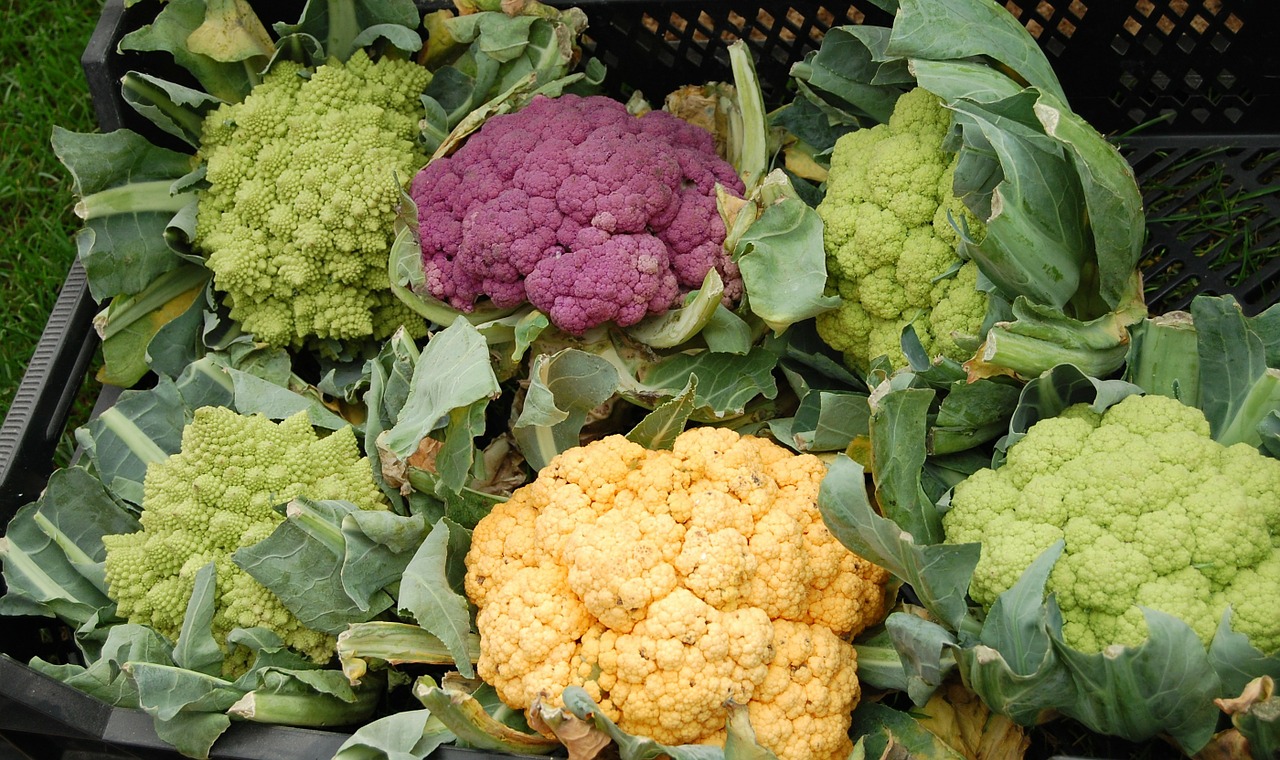
Origin of Land and Farm Varieties
This is how domestication took its course and, over generations, a wonderfully colorful variety of different fruit and vegetable varieties developed through the use of crops that were important to humans. These agricultural and farm varieties developed on a small regional level, i.e. in a neighborhood or a small village. Over decades, they have adapted to local environmental conditions such as climate, rainfall, soil type and soil life. The species and varieties thus evolved with their environment, creating interactions and dependencies between the plants and the animals and insects living in the ecosystem. The greatest diversity of crops existed around the year 1800, which changed rapidly with the advent of industrial agriculture.
Industrialization of Agriculture
With the industrialization and mechanization of agriculture, a structural change took place that continues to this day. Agriculture developed from self-sufficiency to market supply. From now on, it is a branch of industry in which the focus is on maximizing yields and profits. As a result, small farms are becoming an obsolete model and are increasingly being squeezed out. The number of farms is decreasing every year, while the remaining farms are constantly growing. As a result of this structural change, the number of farms halves every 20 years or so.
This development has also changed the requirements for crops. For industrial agriculture, the focus of breeding is on high yields, resistance to specific pests and diseases, as well as the greatest possible uniformity of the individuals of a variety and their harvest products.

Heirloom Varieties Displaced by High-Performance F1 Hybrids
The traditional breeding of home-grown varieties has increasingly declined along with small-scale farming structures. From then on, specialized companies specifically bred crops that met the requirements of industrial agriculture. This gave rise to professionalized plant breeding. Plants with the desired characteristics were selected and selectively crossed. New varieties were created that were distributed nationwide. As a result, heirloom, regional varieties fell into oblivion and disappeared from the fields. Some heirloom varieties, and with them their valuable genetic material, have even disappeared completely (genetic erosion).
These structural changes led to a steady decline in biological diversity in the fields and thus in our landscapes. This was followed by infrastructural and political adaptations to industrialization in the agricultural sector, which rapidly accelerated this decline. The Seed Marketing Act of 1986 (see below) and the land consolidation of 1953 played a particularly important role here.
What is a land consolidation?
In the process, land ownership was recorded in terms of area and combined into larger, more effectively usable areas. This destroyed existing, small-scale landscape structures. As a result, the landscape became more homogeneous, which destroyed many habitats. In addition, the diversity of crops in the fields decreased. In order to use the larger fields effectively and economically, mixed crops were replaced by monocultures. Today, maize, rice and wheat still domin ate the fields of agricultural regions.
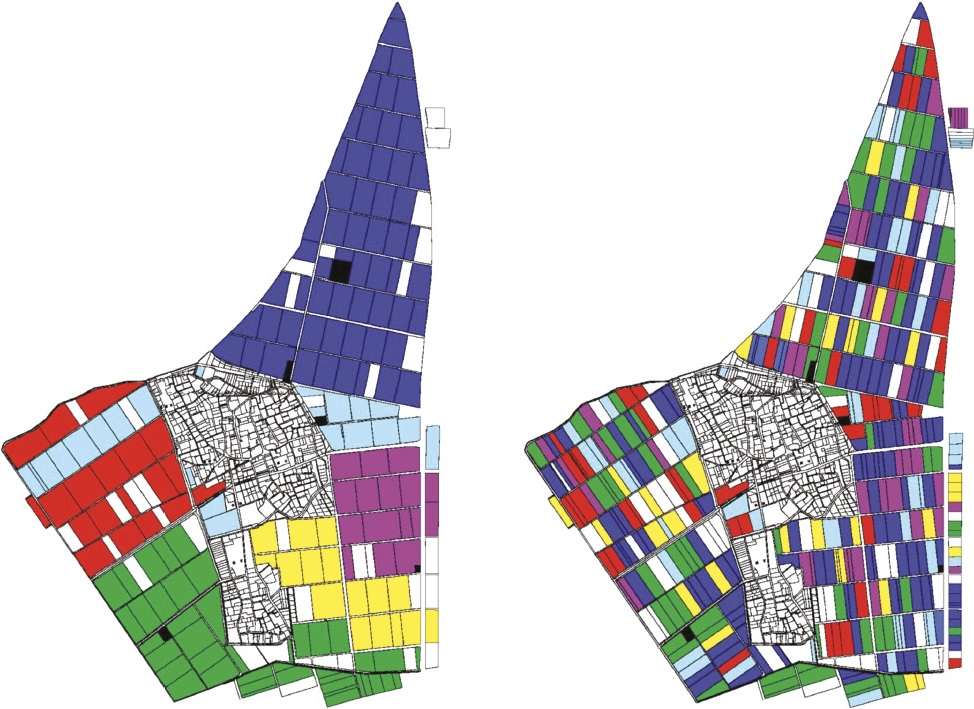
Is the seed of heirloom varieties banned?
Heirloom seeds are not directly prohibited. It is just not approved for conventional cultivation and distribution. For this, a variety needs a variety approval, in which qualitative characteristics are defined. However, old varieties are difficult to classify. With the introduction of the Seed Marketing Act in 1986, every variety that is approved for commercial trade must be tested and classified by the Federal Plant Variety Office . The introduction of this law was intended to ensure good quality seed for the consumer.
In order to be approved, newly registered varieties of agricultural plants must have an agricultural value. This means that they must bring an improvement in plant cultivation or utilization compared to already approved varieties. To this end, a value test is carried out in which all possible cultivation, resistance, yield and quality properties are examined. Since then, the demands of industrial agriculture have played a decisive role in determining which plants are approved and therefore traded and cultivated. Only just under 20% of the varieties registered each year are approved in this way . Unfortunately, this legal measure contributes greatly to progressive genetic erosion: These heirloom varieties are disappearing.
Old Crops Rarely Receive Variety Approval
A major problem here is that the desired uniformity of the individual plants of a variety is not always given (e.g. uniform ripening period). It was possible for individual plants of the same variety to differ in their growth rate. In contrast to industrially bred varieties, the yield was not optimized and the crop usually did not develop regularly. In the past, this was quite advantageous without mechanical harvesting, as the different maturation of individuals of a variety resulted in a wider harvest window. Such varieties are useless for industrial agriculture with mechanical harvesting. In addition, there can be differences in the crop of old varieties. The fruits may differ slightly in size and color. This is a particular problem when it comes to classification by the Federal Plant Variety Office. The harvested crop must be clearly categorizable so that a variety description can be written.
For these reasons, heirloom varieties usually fall through the approval process for commercial varieties. Thus, the idea of quality assurance of seeds with the Seed Marketing Act becomes a hurdle in the maintenance of agrobiodiversity. The biodiversity and variety of crops in the fields has been dwindling ever since. Only 150 species of around 30,000 edible plant species are currently being cultivated to secure the world's food supply!
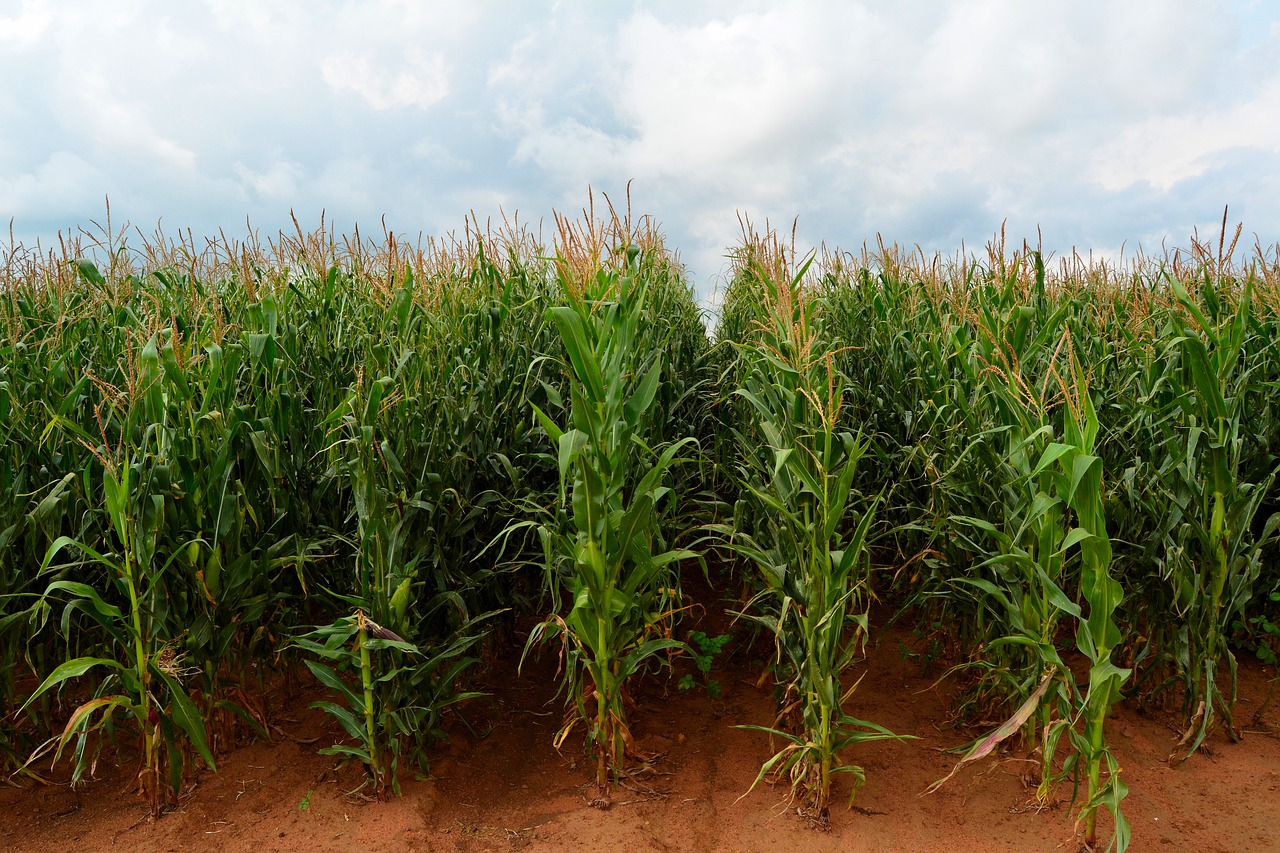
What Are Heirloom Fruit and Vegetable Varieties?
The definition of when a variety is considered "heirloom" or "old" is vague. However, the term "variety" originates from a time when professionalized plant breeding took over seed production and distribution. Between 1850 and 1950, a spectrum of useful plants was created, which were categorized into varieties. The variety designation thus comes from plant breeding in order to distinguish different variants of the same species. In the process, a large part of the previous crop diversity of land and farm varieties was lost and the varieties only reflected a section of the original genetic diversity. Before there were clearly defined varieties, the diversity was as great as the number of farmers who selected and propagated their own plants.
Thus, an "heirloom variety" could be defined as a crop that was propagated and used at the beginning of industrialization from around 1800 to 1950. This definition also includes the first cultivated varieties. Older crop varieties/expressions are defined as historical varieties. In most cases, however, old varieties are not defined on the basis of their age anyway, but on the basis of various characteristics. These characteristics relate to the quality of the harvested products, such as a more intense flavor and a higher proportion of health-promoting ingredients. The plants are also often characterized by a greater adaptability to changing biotic and abiotic environmental factors and seed firmness . Heirloom varieties are therefore characterized more by their properties than by their age.

Advantages of Heirloom Vegetable & Fruit Varieties
Other factors were important when selecting traditional farm and country varieties. For example, plants were propagated that had a particularly good taste or were well adapted to the respective location with all its environmental factors. This resulted in robust varieties that produced a good quality harvest. But there are other advantages to growing heirloom vegetable and fruit varieties.
Heritage of Open-Pollinated Seeds
Old varieties are useful plants that have evolved from long-term use on a small-scale, regional level. These plants were part of people's everyday lives and integrated into their cycles. In order to ensure food security year after year, these crops had to produce seed-resistant seeds. Every farmer can and could take their own seeds from the best plants and sow them again the following year. This characteristic is probably one of the most important for self-sufficiency. Seed-resistant plants enable a true circular economy and this preserves a certain independence for farmers and gardeners.
Special Vegetable Varieties: Variety in Colors and Shapes
The fruit and vegetables of old varieties have a huge diversity of many bright colors and various shapes. There are many unusual fruit and vegetable varieties to discover. For example, the purple radish (Raphanus sativus) 'Purple Plum' or the beetroot (Beta vulgaris) 'Carotine', which forms a beautiful red and white curled bulb. The variations are endless. Carrots can be not only orange, but also red, yellow or white. Instead of the familiar golden-yellow tuber, a potato can also be purple or red. In addition to the great variety of colors, the fruits take on the most diverse shapes that are outside the supermarket norm. Unusual vegetables and fruit such as crooked cucumbers and multi-legged or round carrots are not uncommon with heirloom varieties and bring variety to the kitchen and to the plate. What's more, this turns each individual vegetable into a character vegetable.
As you can see, it's worth growing heirloom varieties. For Tips on How You Can Help Preserve Heirloom Fruit and Vegetable Varieties, read this article.
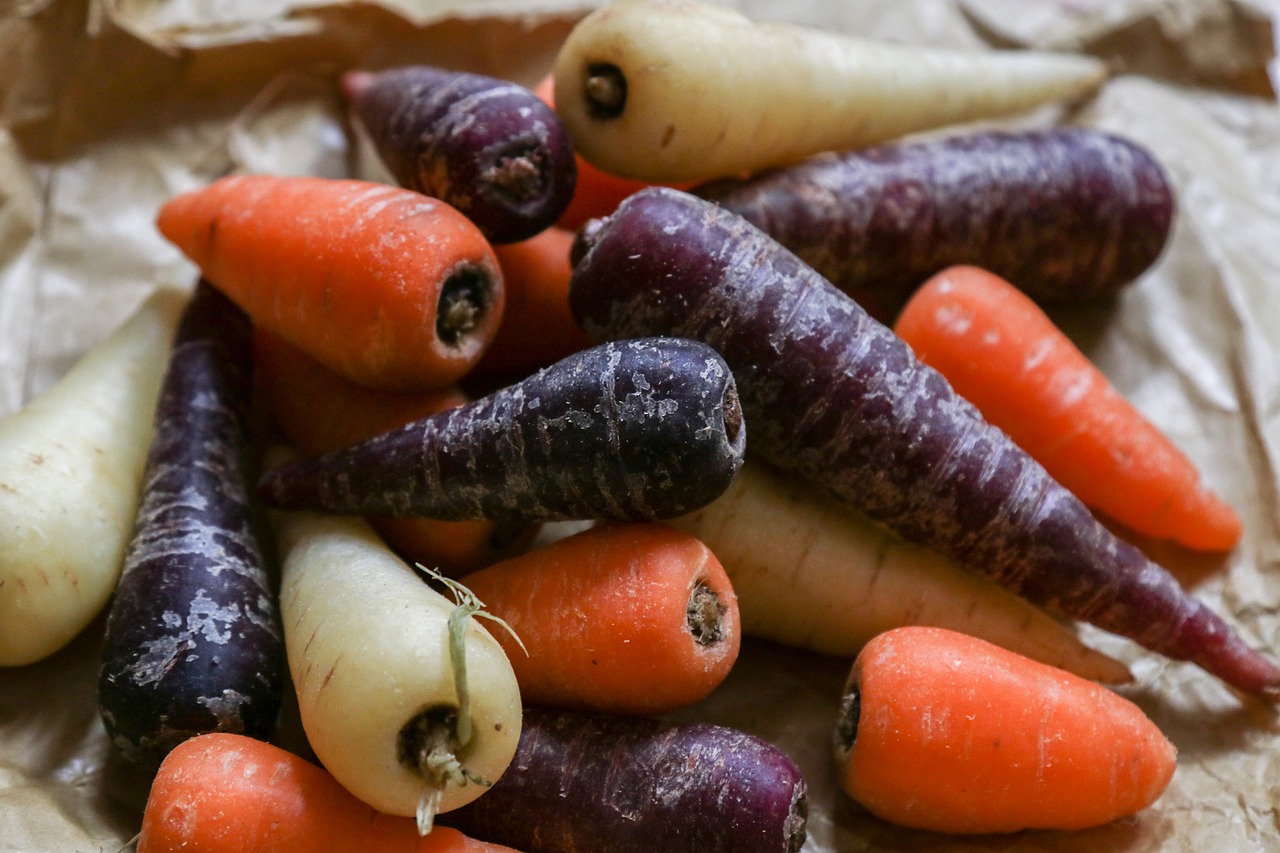
Healthy and Robust Fruit and Vegetables
In modern breeding work, qualities such as taste and ingredients play a subordinate role. The loss of color diversity also means that the variety of flavors is dwindling. This is because the plant produces different colors through different plant pigments, which as secondary plant substances usually have a positive effect on our health. For example, the most well-known colorant: green chlorophyll. It has an antioxidant effect, protects our cell membranes and strengthens cell structure. Or the yellow-orange colorants: carotenoids. They also have an antioxidant and anti-inflammatory effect. They also strengthen the immune system and support vision. There are many other secondary plant substances, all of which have individual health-promoting effects. Old varieties contain a higher proportion of these substances than new varieties. This is because heirloom varieties grow more slowly and can therefore produce and incorporate more secondary plant substances. The plant uses them as protection against predators or other environmental factors such as sunlight. They are incorporated into the plant as aromas or colorants to attract or keep other creatures away. To ward off predators, bitter substances are particularly important for the plant, as many animals and humans avoid this taste. For this reason, the bitter taste has increasingly been bred out of vegetables containing bitter substances such as chicory, endive, rose or kale and chard. However, bitter substances are extremely healthy for the stomach and intestines.
We hope that this article has sparked your interest in heirloom varieties. If you have any questions or comments on this topic, please write to us at [email protected].
Would you like to receive helpful gardening tips all year round and plan your own beds optimally? Then register here or download the Fryd app for Android or iOS.
Fryd - your digital bed planner

Marie
Marie is an agronomist. She is particularly interested in the sustainable and organic cultivation of vegetables and other plants. In her own garden, she gained experience and likes to try things out to learn from nature. She is particularly interested in the values and principles of permaculture, in order to contribute not only to the well-being of nature, but also to the well-being of people and future generations.
Learn MoreCurrent Topics in the Community
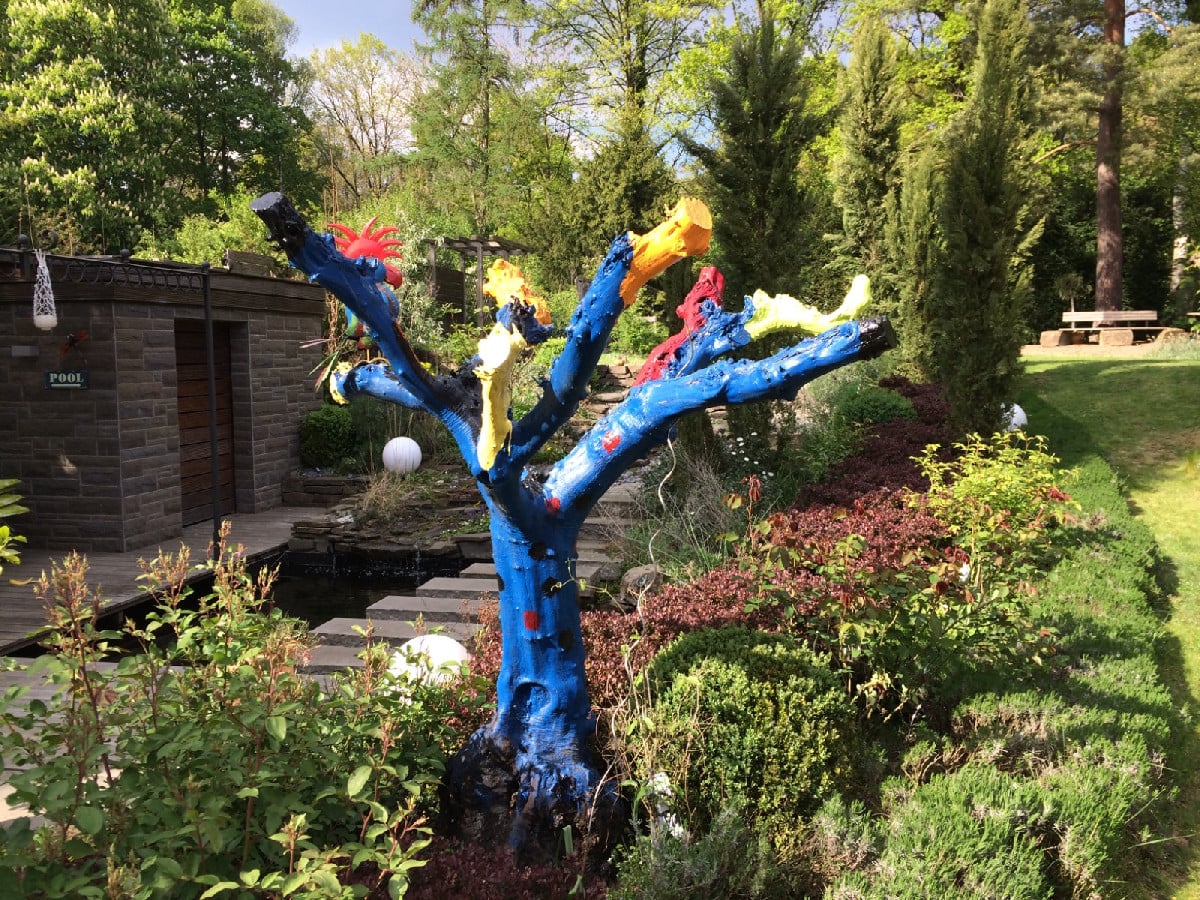
We had an olive tree ... when it didn't survive a harsh winter, my husband and our children turned it into this sculpture - a real #heart element in our garden. We planted a rambler rose on the second olive tree, which enchants us every year with its white flowers. It looks as if it were a flowering rose bush ....
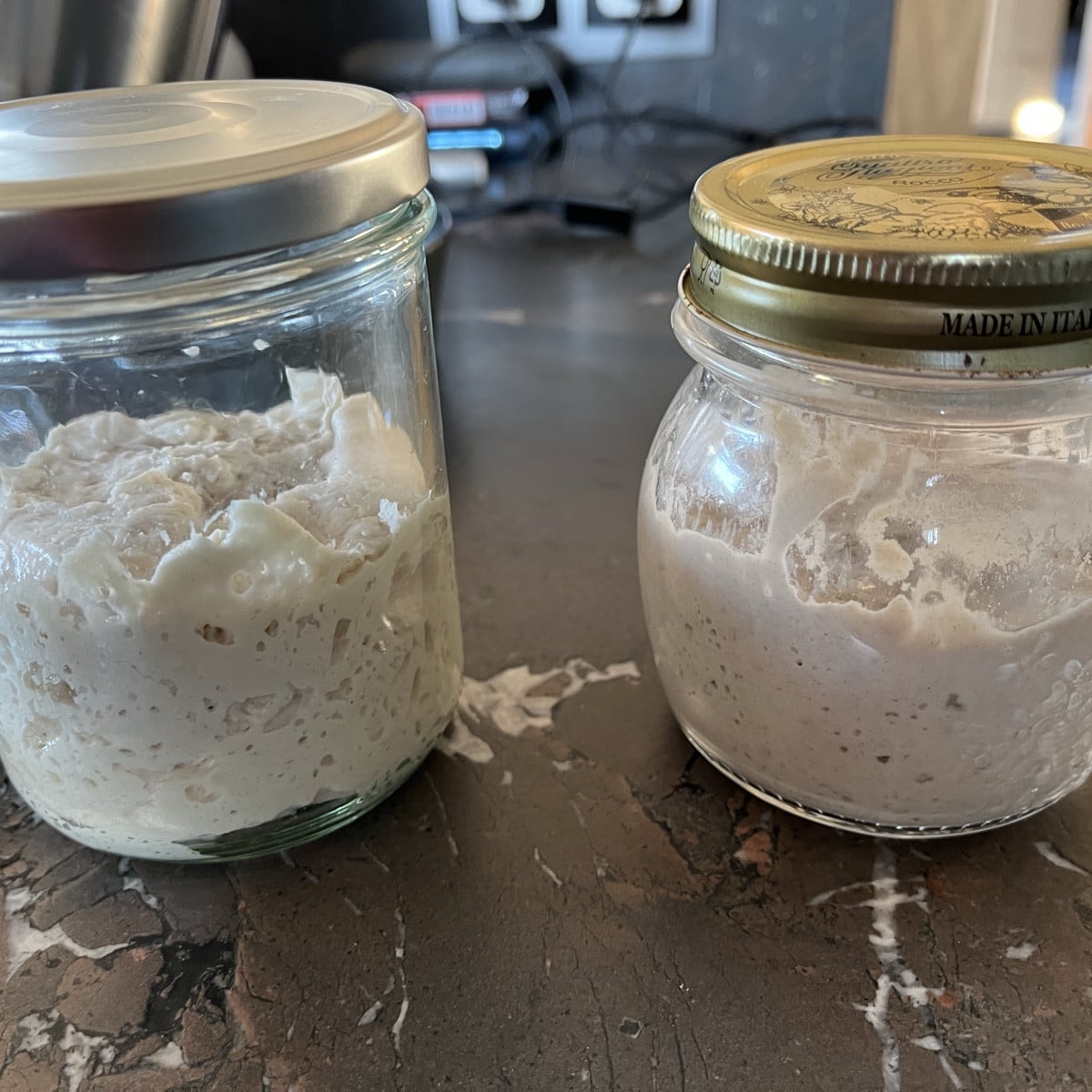
Liked 5 times
May I introduce: my roommates Max (left) and Moritz. Max is a "sweet starter", which I used for the panettone and I can say it's much better than the store-bought one! The baguette (ok I still have to work on the perfect shape 🤣) with yeast only. The Moritz is a rye sourdough and is used for Vintschgauer.
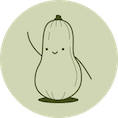
Hello lovelies I am new to gardening What recommendations do you have for buying seeds? Or which stores can you recommend? I'm planning to start with the classics Onions, potatoes, garlic, carrots, herbs, lettuce, tomatoes, peas, beet and pumpkin
Show 3 answersPopular Articles

Overwintering Parsley: How to Do It Successfully

How to Grow Lettuce in Winter: Varieties, Sowing, Harvesting

Growing Sage Plant: Tips for Sowing and Harvesting

What Herbs Can Be Planted Together?

Create & Design a Permaculture Garden

Overwintering Plants: Tubs, Pots and Raised Beds

Pruning, Fertilizing & Propagating Currants: Care Tips

Pruning Raspberries: How to Do It

Vegetable Garden With Greenhouse: How to Use Greenhouse Effect

Winterizing Beds and the Garden: How to Do It
FAQ
Is the seed of heirloom varieties prohibited?
Old varieties are quite difficult to obtain variety approval due to their uneven growth. As a result, they are difficult to classify and are not approved for conventional cultivation and sale. It is not directly forbidden to cultivate these varieties, but they are also not permitted for cultivation and sale to farmers.
Can I still grow old varieties?
There are now so-called conservation and amateur varieties that are approved for cultivation in hobby gardens, but not for sale. These varieties are mostly old varieties and can be grown by any hobby gardener. The preservation of these varieties is therefore mainly in our hands.
What are the advantages of growing heirloom varieties?
Heirloom varieties are usually quite robust plants and seed-resistant. This means that you can collect your own seeds and sow them again. This is not possible with many new varieties. Old varieties also offer a variety of colors, shapes and tastes as well as health-promoting ingredients (secondary plant substances).
Are old varieties more resistant to diseases and pests?
Old varieties contain more secondary substances, which are incorporated by the plant as protection against predators and environmental influences. This makes them more robust and also very healthy for humans.